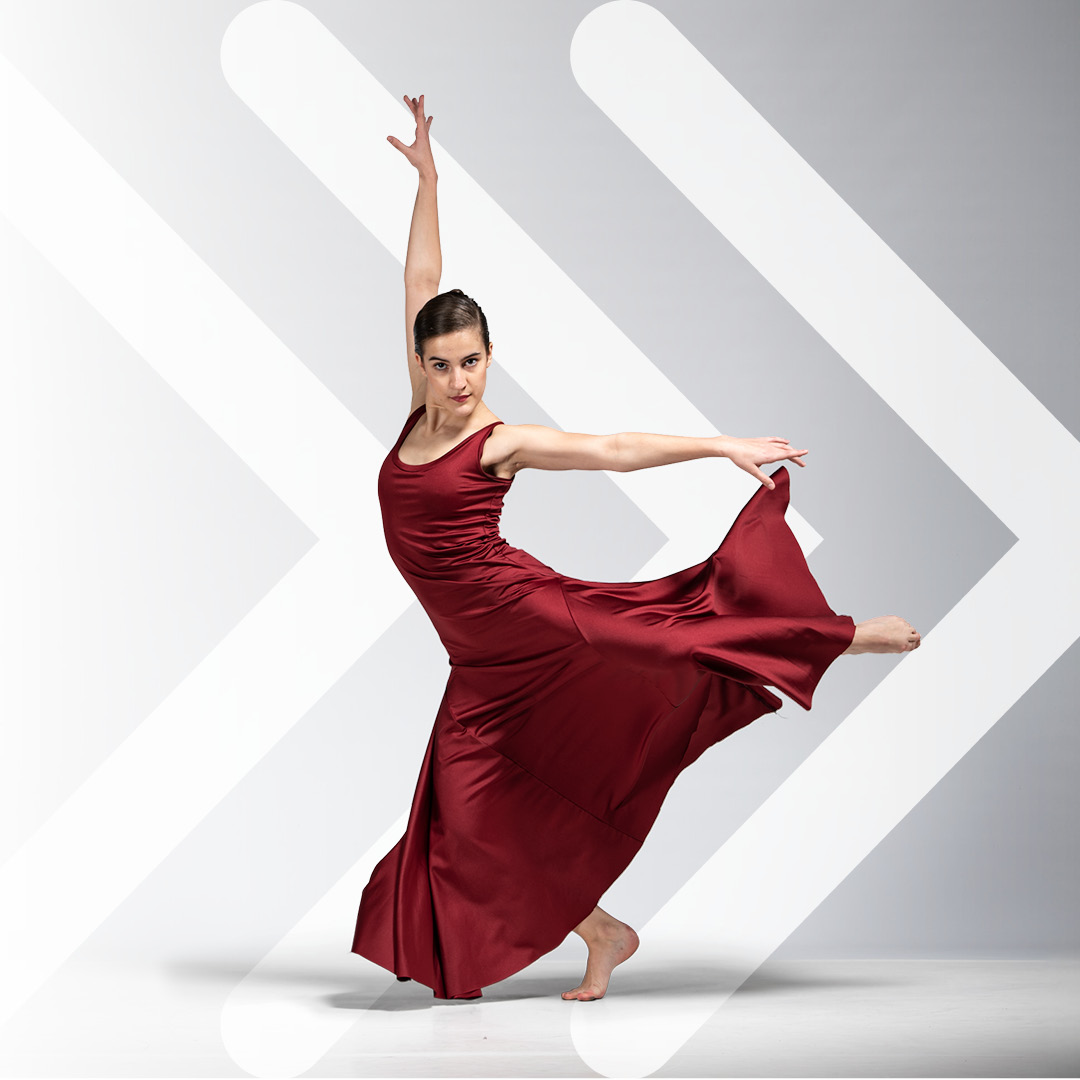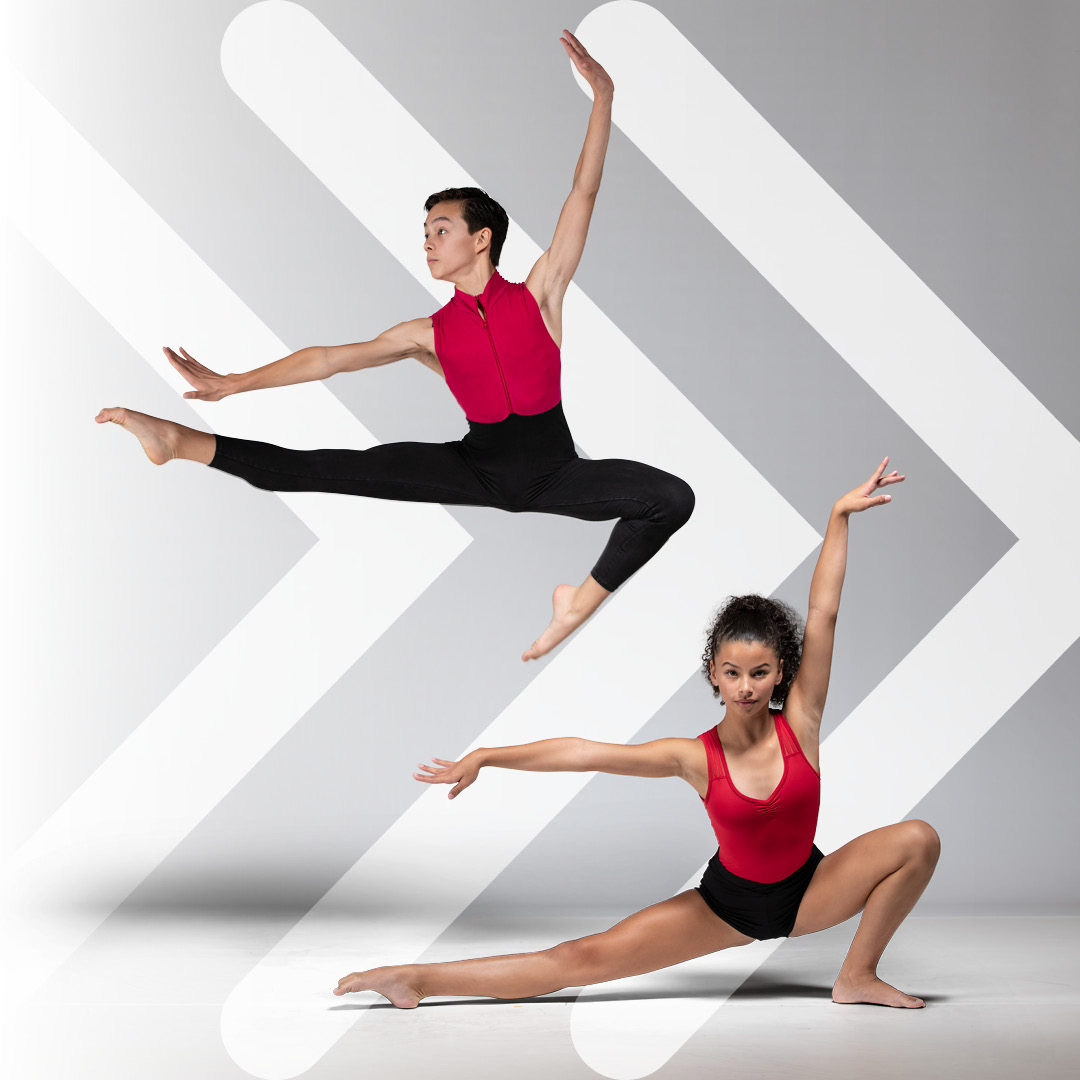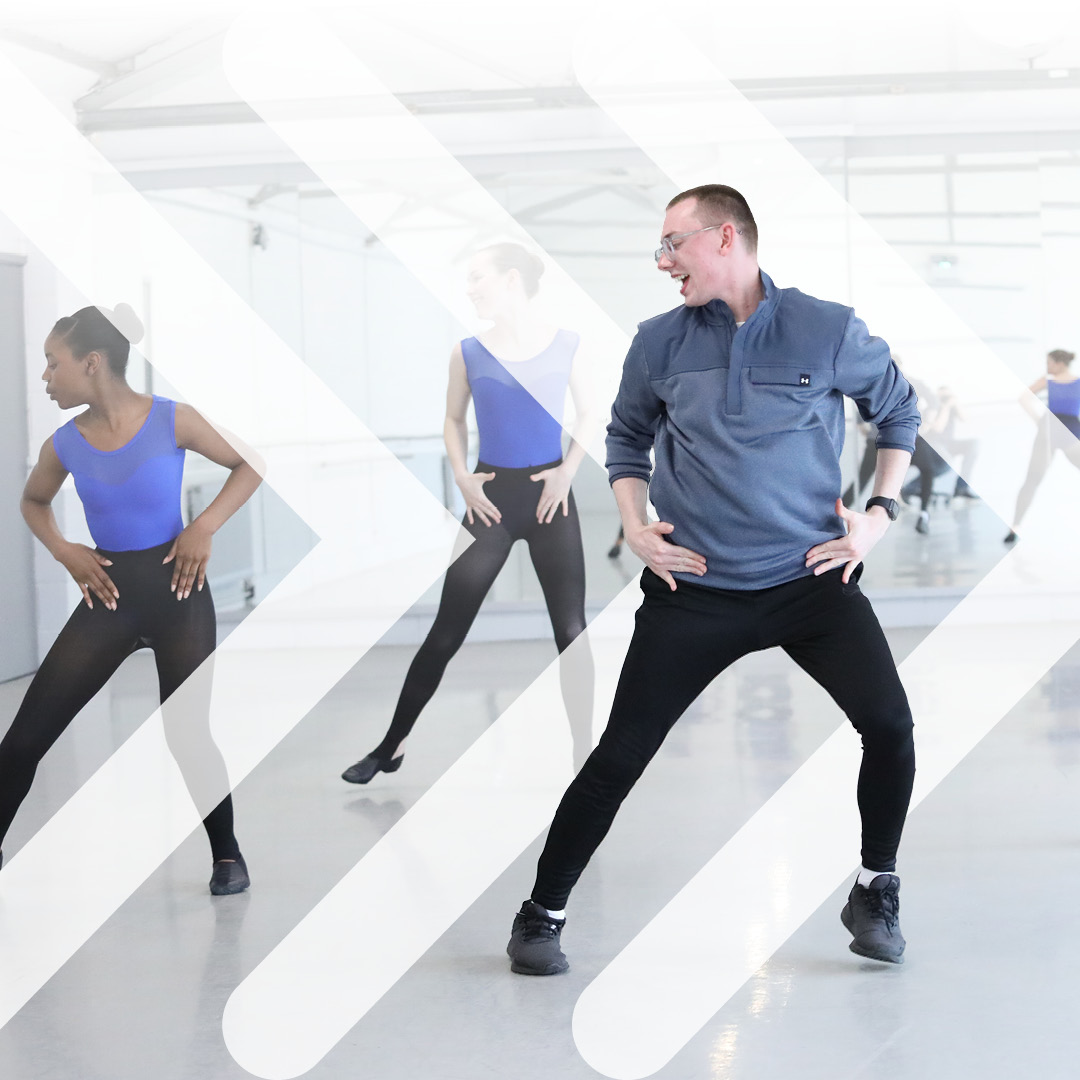14 January 2025
While there’s no perfect formula for choreographing a dance, for some, it can be a lot like writing an essay. You learn the framework of an essay: the introduction, supporting arguments, quotes, and a conclusion.
Once you become comfortable with that framework, you can then start to “break the rules” and experiment with phrasing, word choice, punctuation, and other tools such as imagery, illusion, and juxtaposition.
The same can be true for creating dances, with initially learning a framework, you can then gain confidence through trial and error, developing your choreographic process, which will be unique to everyone.

Budget your time
Give yourself scheduled time to create your dances well ahead of any exams. As it takes time to produce appropriate choreography, and for the dancers to fully embody the movements and qualities. In our mark schemes the teacher’s dance has a separate mark of 10, therefore it is important to give this time to produce and rehearse.
Understand your music
Irrespective of what type of music you use and whether it has lyrics or not. You need to 'know' the music and its full meaning and quality.
It is important to research and find music that is age appropriate for lyrics and style, in most music platforms nowadays you can check the lyrics before you purchase, so this is always good to double check.
There are some inspirational artists out there but ensure that the tracks are not too mature or immature for your dancers, and for their technical or artistic level.
Get to know your music implicitly with accents and phrasing and then choreography will be easier to create and have more ‘flow’.

Dance vocabulary
It can be easy to focus solely on combing dance vocabulary steps together for your dances. Therefore, it is important to remember that the transition or linking steps are just as important.
Be wary not to focus too heavily on limbering vocabulary, as examiners would have already observed and marked the limbering section and so best to veer away from these elements in a dance where possible. Examiners want to see the dancers connect and perform to the music as if they were on stage.
If teachers utilise the same dance shown across multiple candidates in one exam set, this is totally allowed. However, the dancers do not have to show the exact same choreography, so differences in the choreography can be added depending on the student’s capability. For example, you could have some dancers showing a pirouette whilst others perform a leap at the same point of choreography or have a different start and end position.
Musical editing
Most music needs to be edited as there are specific lengths for each exam level dance. Therefore, it is imperative to have your candidate’s dance music downloaded and edited before the exam.
Do not use a music platform (like Spotify) in the exam as this is heavily reliant on the venue’s wi-fi which may not always work. It is always best practice to have all music including your candidates dance, downloaded, and stored on two different media devices just for back up.
Please do not rely on your music operator to fade or cut the track in the exam, as this can be stressful and time consuming if they are not practiced in finding the correct start or fade and may affect the dancer’s performance.
Preparing the music with the correct introduction, length and appropriate fade or cut will help the dancers overall and support a smooth running of the last section of the exam.
It is important that you ensure the duration of the dances follow the specific levels outlined in the specification, and NOT exceed the stated durations, as this can mean that the exam session overruns.

Be inspired
Every teacher has their own way of choreographing, but it is important to choose a track that inspires you, as you will be working with this track for some time!
When first listening to the track, try to find what emotions, style, and musical highlights there are and use these as possible focal points in your choreography.
Be yourself
What’s in fashion or what you may have seen in another show or competition in the dance world, may not always be appropriate for your students.
Always focus on the students in front of you. Connect with the music to highlight your creativity and enjoy working with your students to show them in their best light.









